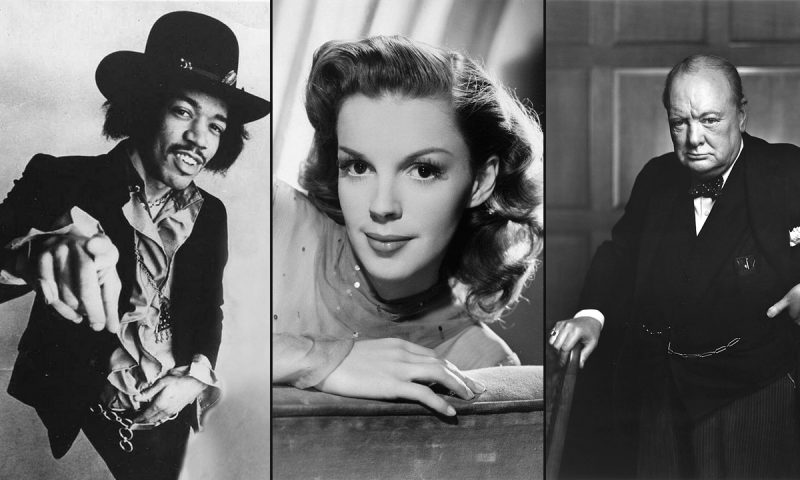Desmond Charles Henley O.B.E., was a remarkable man. After finishing school, he went to work for James H. Kenyon, Ltd., funeral directors, in 1941, part way through WWII, according to the blog at Safe Hands.
The Kenyon firm, established in 1880 in London, was the undertaker to the British royal family and in that capacity had been involved over the years in a number of royal funerals.
Henley worked there for several years before passing his theoretical and practical embalming examinations in 1948, according to his son, Christopher.
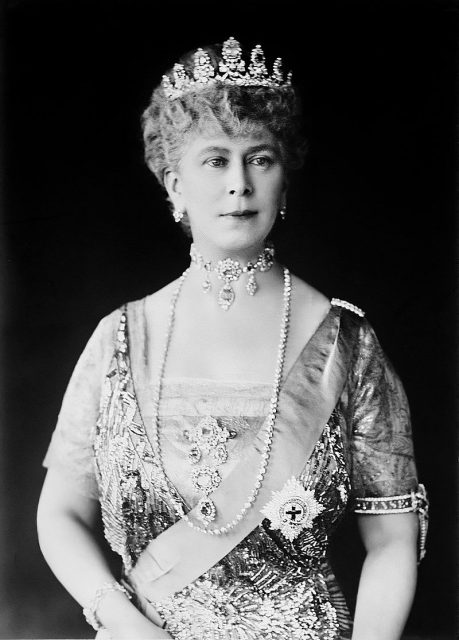
In 1952, just a few years after becoming fully qualified, Henley proved himself through his work and was named Kenyon’s chief embalmer.
That same year, he carried out the embalming of King George VI at Sandringham House, in Norfolk. He presided over Queen Mary’s just a year later. This was the beginning of a 51-year career, which carried Henley to some unusual places.
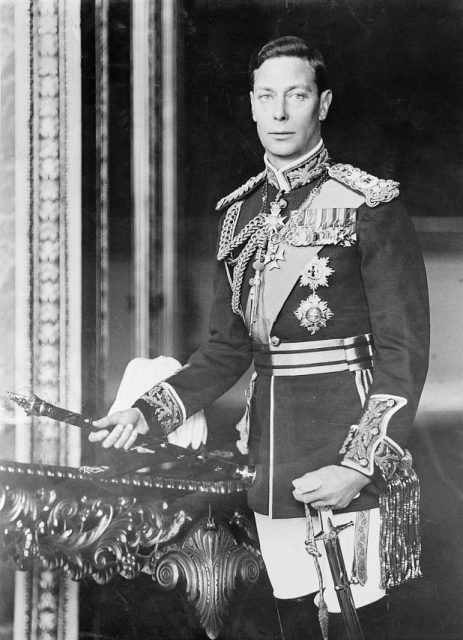
In addition to preparing bodies for burial in England, Desmond Henley also trained in disaster management and was the head of Kenyon’s emergency services mortuary team. He often worked across international lines, beginning in 1952, when he was sent to Nigeria to repatriate the bodies of two people who were part of the Kano air disaster.
Over the course of his career, especially in the ‘60s and ‘70s, he worked a great deal performing embalmings in various countries in Africa and the Middle East, including Bahrain, Qatar, Melawi, and Saudi Arabia, among others.
Words you will NEVER hear the Royal Family say
He also continued to repatriate bodies that had been in disasters such as the Kano disaster, the Zeebrugge ferry disaster in 1987, and the bombing in Lockerbie. Even after Henley stopped traveling so extensively for his work, he continued his efforts in an advisory capacity.
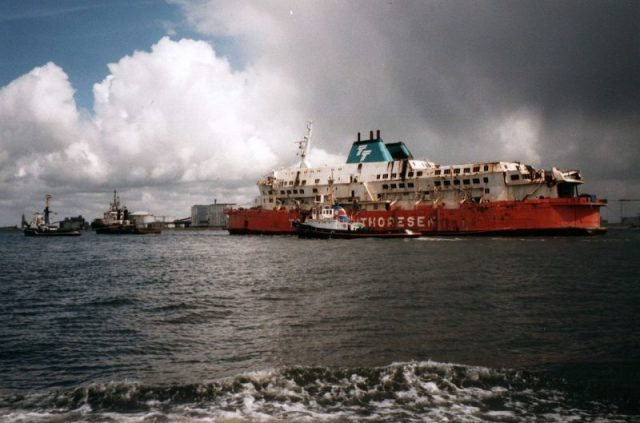
In recognition of his work in disaster recovery, he was made an Officer of the Order of the British Empire (O.B.E.) in 1997 “for services in the aftermath of disasters involving the loss of human life.”
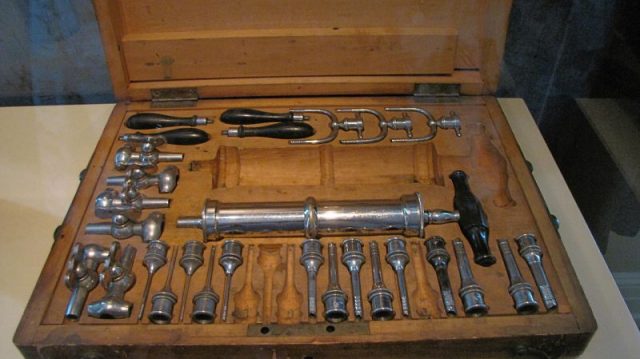
In addition to his disaster management work, Henley also was involved in some notable funerals. As well as performing the embalming for the King and Queen already mentioned, Henley embalmed Sir Winston Churchill in 1965.
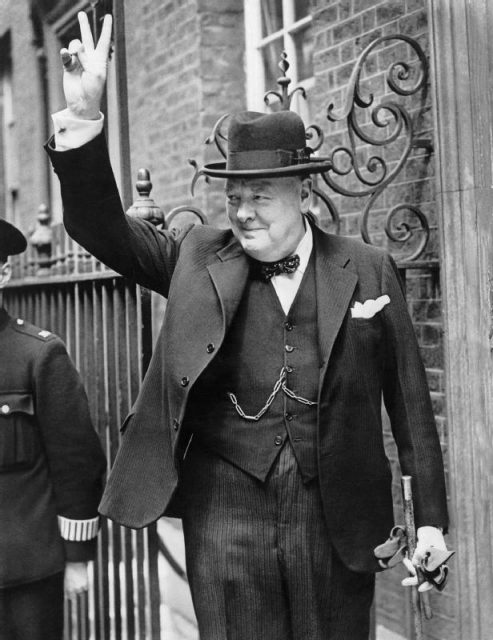
Churchill’s embalming was carried out in the same room where he died, and when it was complete, he was dressed in silk pajamas and his dressing gown and put back in his bed at home for some time before his body was taken by the Kenyon staff for the three days of public viewing prior to his funeral.
Henley also was the embalmer for Sir Edward Mutesa II, in 1969. Mutesa was King of Buganda from 1939 until his death, as well as the first President of Uganda from 1963 to 1966, according to the New World Encyclopedia.

When then-President of Uganda, Idi Amin, requested that Mutesa’s body be returned to Uganda for a state funeral in 1971, Desmond Henley was requested to accompany it, which he did.
Aristotle Onassis asked Henley to come to Greece to embalm Onassis’ son, Alexander, in 1973.
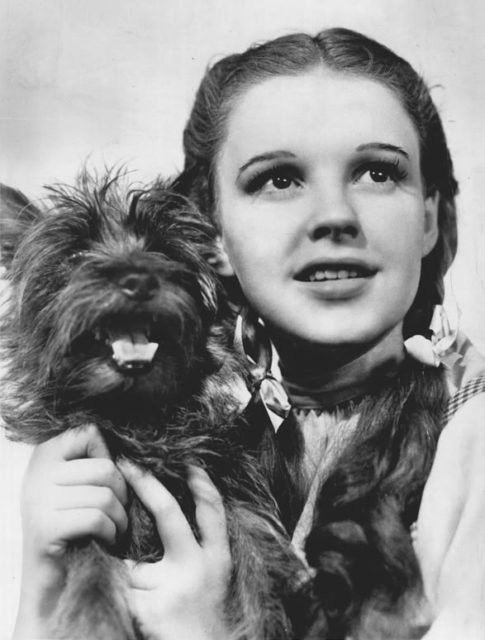
He also embalmed Judy Garland in 1969, Jimi Hendrix in 1970, Field Marshal Lord Montgomery in ’76, Earl Mountbatten of Burma in ’79, Bon Scott from the band AC/DC in ’80, and British singer/songwriter Billy Fury in ‘83.
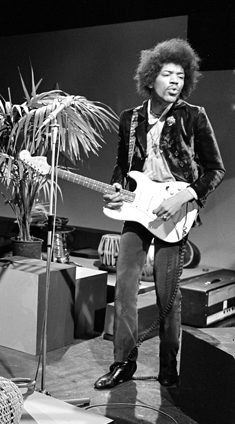
In the course of his career, Desmond Henley also became an Examiner for the British Institute of Embalmers in 1961 and was elected a fellow of that same institution in 1987. He continued his work both in England and abroad until he retired in 1992.
After his retirement, he helped his son, Christopher, form his own firm of undertakers specializing in repatriation and international work. Henley died in 2005, having left behind an impressive legacy both at home and abroad, contributing to his craft as a whole, and touching countless lives with his dedication and service.
